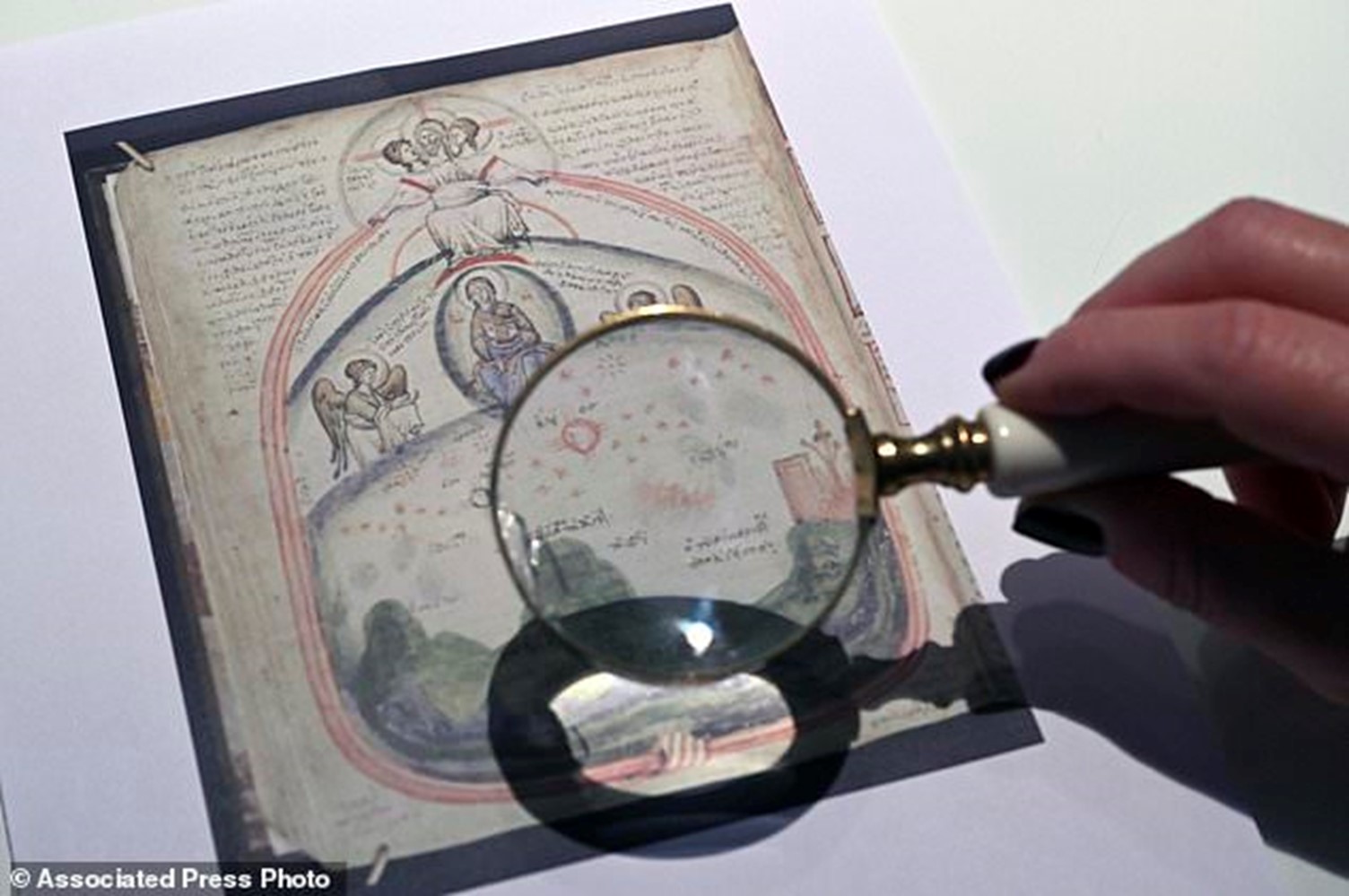

Experts now believe the famed painter “Manuel Panselinos,” long celebrated for his transformative contributions to Orthodox religious art, was actually Ioannis Astrapas, a 14th-century artist from Thessaloniki.
The revelation stems from the work of Christina Sotirakoglou, a handwriting expert who analysed lettering on a medieval manuscript housed in Paris. Her findings link the script to inscriptions on frescoes in the Protato Church, Mount Athos, traditionally attributed to Panselinos. The study, complemented by earlier research by Greek monk and scholar Father Cosmas Simonopetritis, suggests that “Panselinos” was a nickname, meaning “full moon,” which eclipsed Astrapas’s real identity.
Panselinos, often compared to Giotto in Western art, was a key figure in the Byzantine Macedonian School of painting. Known for its starkly formal yet deeply spiritual depictions of saints, Madonnas, and biblical scenes, this tradition dominated Orthodox Christian art in regions like Greece and Serbia. Panselinos’s works are hailed for imbuing Byzantine art with humanity, depth, and a revival of classical proportions.
“Astrapas was an exceptionally talented painter who harmonised ancient classical knowledge with Orthodox spirituality, making his work globally unique,” said Father Cosmas.
The investigation began with the Marcian Codex GR 516, an illuminated manuscript from the early 1300s attributed to Astrapas. Among its illustrations is a striking depiction of a full moon—possibly a nod to the artist’s nickname. The handwriting on the manuscript was cross-referenced with inscriptions on the Protato frescoes, long considered Panselinos’s masterpieces. Despite the challenge of working from photographs—women have been barred from Mount Athos for over a millennium—Sotirakoglou identified distinctive similarities in the letters, particularly the Greek Phi, T, and K.
“When the unique Phi was identified, it unlocked the code of the writing, making further matches much easier,” said Sotirakoglou, whose expertise in criminal handwriting analysis lent precision to the study.
While the findings are compelling, some experts caution that more research is needed. Byzantine art professor Constantinos Vafiadis acknowledged the strength of the nickname theory and its link to Astrapas but noted that multiple artists likely contributed to the Protato frescoes. “Further study of other Mount Athos monuments from the same period is essential,” he said.
The identification of Ioannis Astrapas as Panselinos provides a richer understanding of Byzantine art’s evolution. His works represent a renaissance in Orthodox religious art, bridging antiquity and spirituality with unprecedented emotional depth.
For Father Cosmas, who spent years attending services at the Protato Church, the discovery is deeply personal. “It was my lifelong desire to solve the mystery of Panselinos,” he said. “Now, the artist has reclaimed his true identity.”
(Source: Associated Press)
JP Morgan has raised its U.S. recession probability from 40% to 60%, now fully anticipating…
European Parliament President Roberta Metsola reaffirmed the EU’s commitment to supporting Cyprus’ reunification during a…
A young Scottish couple was rescued from Prombona Stream between Chalkidona and Nea Filadelfeia after…
An Afghan national has been ordered into pre-trial detention as a suspected smuggler following the…
Wall Street suffered a historic $5 trillion loss in just two days, with the Dow…
On April 4, 2025, the U.K. Office of Maritime Trade Operations reported that vessels in…